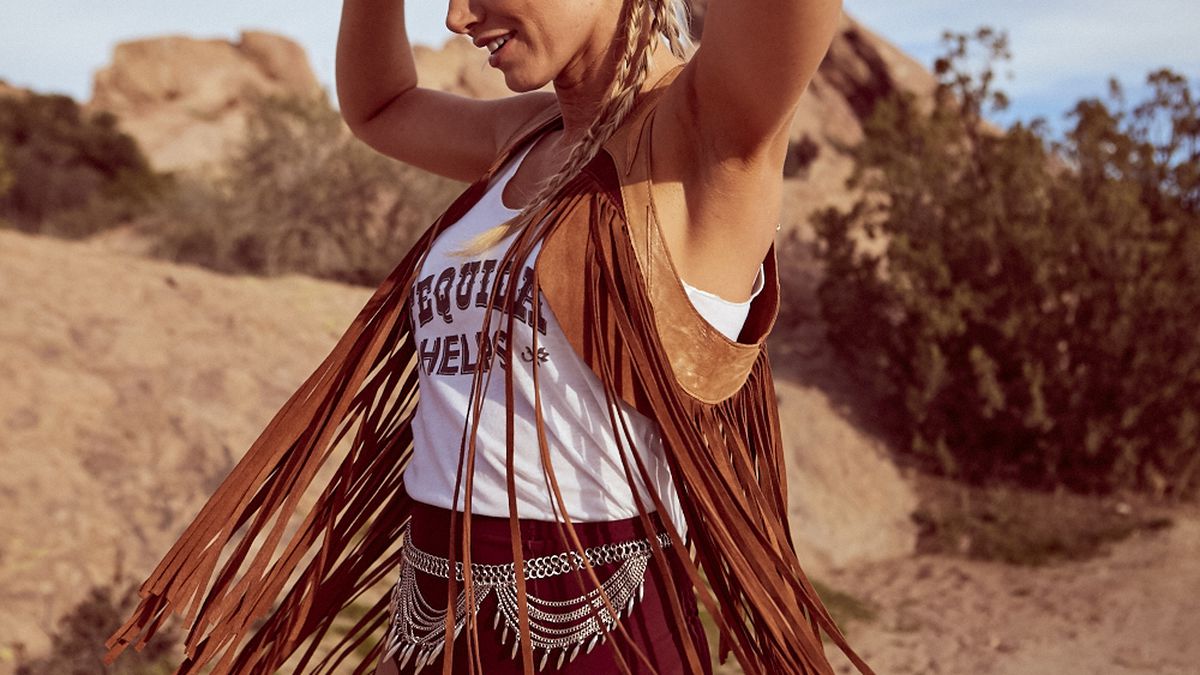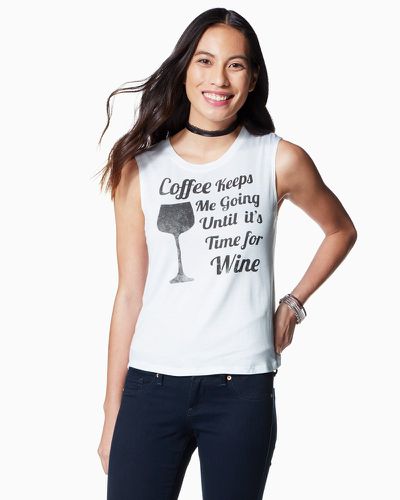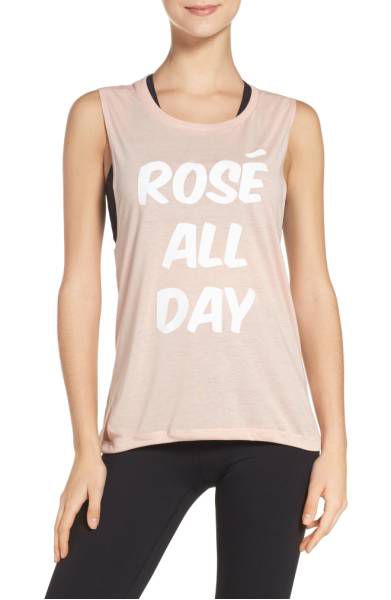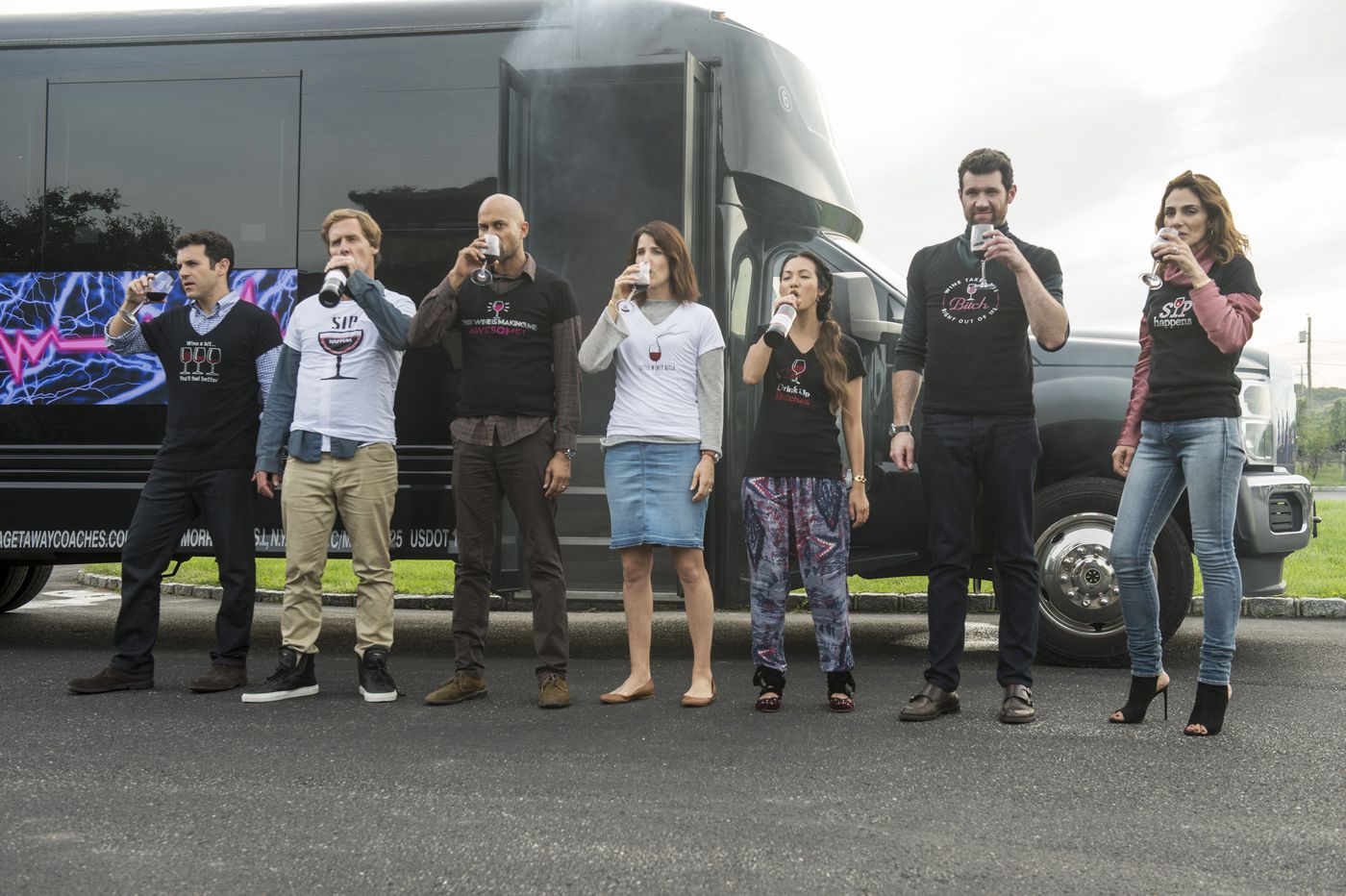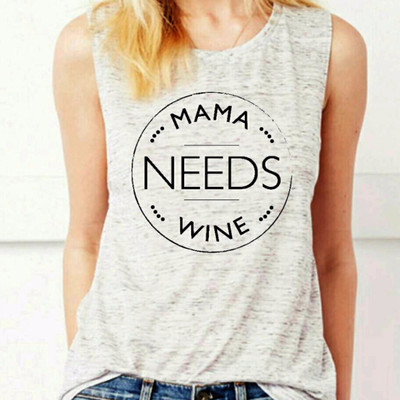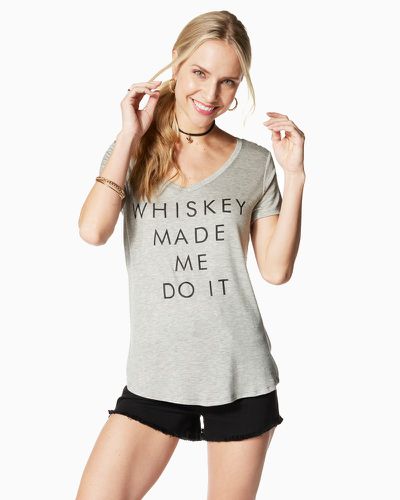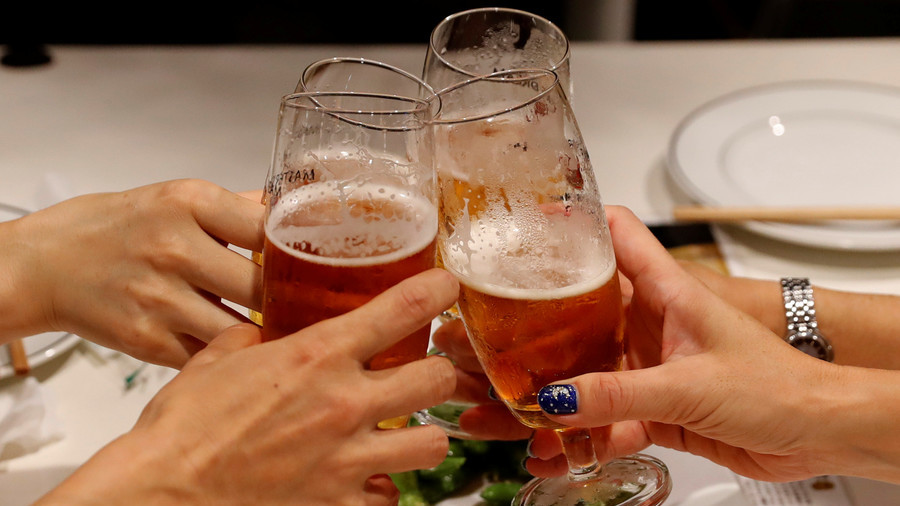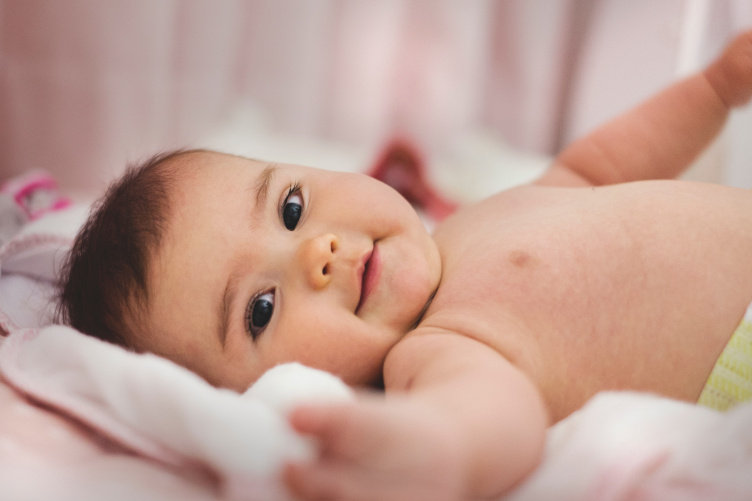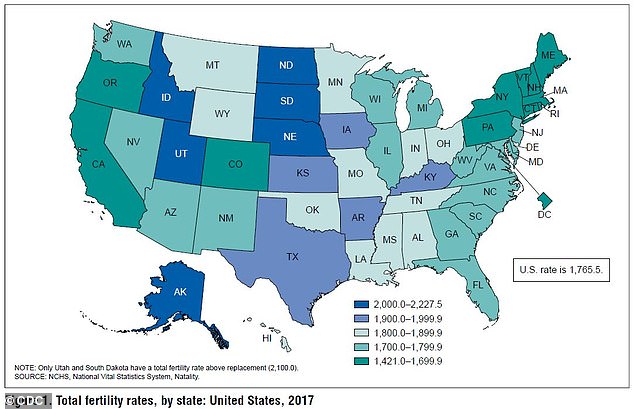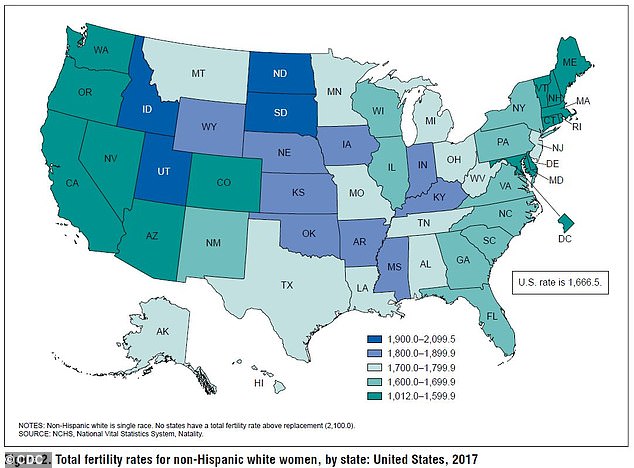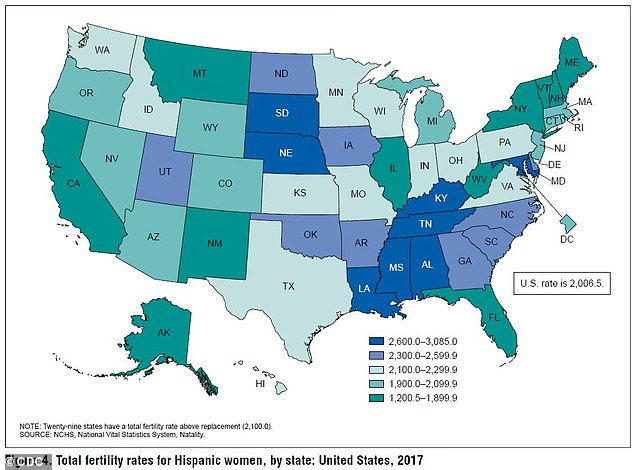- 53,149
- 20,696
- Joined
- Nov 24, 2009
I'm not a white girl and I rarely drink nowadays. When I meet up with friends for happy hour or birthdays every 2-3 months I binge drink pretty hard. I mostly hang with Asians and you'd think some were actually alcoholics.

 The sad part is there's significant chunk of the country that thinks like. :x
The sad part is there's significant chunk of the country that thinks like. :x 